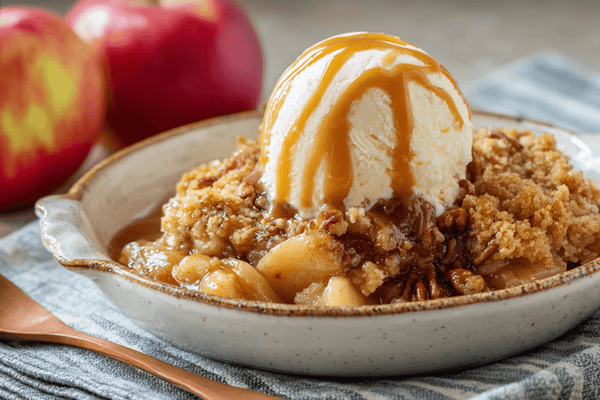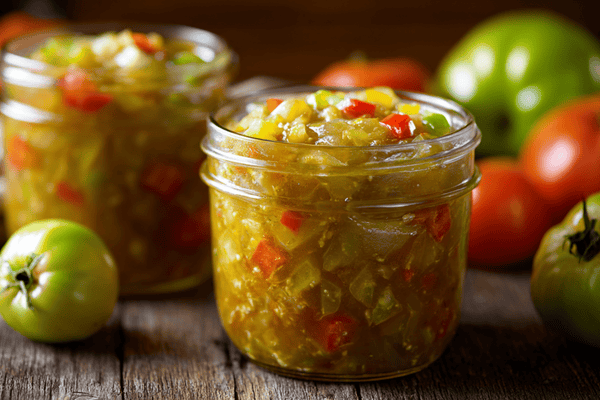
Caviar is a highly prized delicacy known for its luxurious taste and status as a gourmet food item. Derived from the unfertilized eggs of sturgeon and other fish species, caviar has been enjoyed for centuries by food connoisseurs worldwide. This article delves into the world of caviar, providing insights into its origins, types, culinary uses, and much more.
Table of content
Origins of Caviar
Believed to have originated in the Black Sea region, caviar has a rich history dating back thousands of years. Ancient Persians were among the first to discover the gastronomic delight of consuming fish eggs. Over time, the practice spread to other cultures and became synonymous with luxury and opulence.
The Sturgeon Connection
Sturgeon, a prehistoric fish, is considered the primary source of the finest caviar. These magnificent creatures can live for several decades and produce high-quality roe. Historically, the Caspian and Black Seas were known for their abundance of sturgeon, making them the epicenter of caviar production.
Sturgeon Species and Caviar Varieties
Sturgeon encompass various species, each yielding distinct types of caviar. Some of the most sought-after caviar varieties include:
1. Beluga Caviar
Beluga caviar is the most prized and luxurious variety, known for its large, glossy eggs that range in color from light to dark gray. These eggs are the largest among all caviar types and have a buttery and creamy flavor that melts in the mouth. Beluga caviar is highly sought after and often reserved for special occasions due to its rarity and high price.
2. Osetra Caviar
Osetra caviar is considered one of the finest caviar varieties available. The eggs are medium to large in size and range in color from dark brown to golden. Osetra caviar is revered for its nutty and creamy flavor, often described as a balance between the rich butteriness of beluga caviar and the more assertive taste of sevruga caviar.
3. Sevruga Caviar
Sevruga caviar is known for its small, firm eggs with a grayish color. It offers a bold and robust flavor profile, often described as slightly briny and intense. Sevruga caviar is prized for its unique taste and is considered a more accessible option compared to beluga and osetra caviar.
4. Sterlet Caviar
Sterlet caviar comes from the sterlet sturgeon, a relatively small species known for its delicate and golden-colored pearls. It is a rare and highly regarded caviar variety, sought after for its unique flavor that combines buttery and nutty notes.
Non-Sturgeon Caviar Alternatives
While sturgeon caviar steals the spotlight, there are other types of caviar available that offer distinct flavors and textures:
1. Salmon Caviar
Salmon caviar, also known as red caviar or ikura, is a popular alternative to sturgeon caviar. It is made from the roe of various salmon species, and its vibrant orange color and large, juicy eggs make it visually appealing. Salmon caviar has a pronounced and slightly salty taste, with a delicate pop when bitten.
2. Tobiko Caviar (Flying Fish Roe)
Tobiko caviar, commonly found in Japanese cuisine, is made from the roe of flying fish. It is known for its tiny, crunchy eggs that come in various colors, including orange, red, black, and green. Tobiko caviar has a mild and slightly sweet flavor, making it a popular choice for sushi and other seafood dishes.
3. Trout Caviar
Trout caviar, as the name suggests, is obtained from the roe of trout. It has small to medium-sized eggs that range in color from pale orange to bright red. Trout caviar offers a delicate flavor with a hint of earthiness, making it a versatile and affordable option for caviar enthusiasts.
Understanding the different varieties of caviar allows you to explore a wide range of flavors and textures, catering to your personal preferences and culinary creations.
Culinary Uses of Caviar

Caviar is predominantly enjoyed as a luxurious garnish or standalone delicacy, adding a touch of elegance to various culinary creations. Here are some common ways caviar is used in the culinary world:
1. Caviar Topping
Caviar is often used as a topping on blinis (small Russian pancakes), toast points, or potato chips, complementing their flavors with their unique briny taste and creamy texture.
2. Caviar in Seafood Dishes
Caviar pairs exceptionally well with seafood dishes. It can be served alongside oysters, smoked salmon, or lobster to enhance their natural flavors and provide a luxurious touch.
3. Caviar in Pasta and Risotto
Adding a small dollop of caviar to pasta or risotto just before serving can elevate these dishes, imparting a burst of flavor and a visually stunning presentation.
4. Caviar in Sushi and Sashimi
Caviar is a popular ingredient in sushi and sashimi, adding an extra layer of sophistication to these Japanese delicacies. It adds a pop of color and a burst of flavor to the fresh fish.
FAQ
Q: What exactly is caviar?
A: Caviar refers to the salted, unfertilized eggs (roe) of sturgeon or other fish species, typically harvested from the Caspian and Black Seas.
Q: How is caviar harvested?
A: Caviar is harvested by gently massaging the fish to extract the eggs without damaging them. The eggs are then carefully separated, salted, and preserved.
Q: Why is caviar considered a luxury food item?
A: Caviar has long been associated with luxury due to its rarity, delicate flavor, and intricate production process. The high demand and limited supply contribute to its elevated price.
Q: Can caviar be sustainable?
A: Yes, sustainable caviar production practices are gaining prominence. Sturgeon farming and conservation efforts aim to preserve the species and promote responsible caviar production.
Q: How should caviar be stored?
A: Caviar should be kept in the coldest part of the refrigerator, ideally between 28°F (-2°C) and 32°F (0°C). It should be consumed within a few days of opening to maintain optimal freshness.
Conclusion
In conclusion, caviar is an exquisite delicacy cherished for its unparalleled taste and association with luxury. From its origins in the Black Sea region to the diverse varieties available today, caviar continues to captivate food enthusiasts worldwide. Whether enjoyed on its own or used as a garnish, caviar adds a touch of sophistication to any culinary experience. Indulge in this opulent treat and savor the unique flavors that caviar has to offer.



